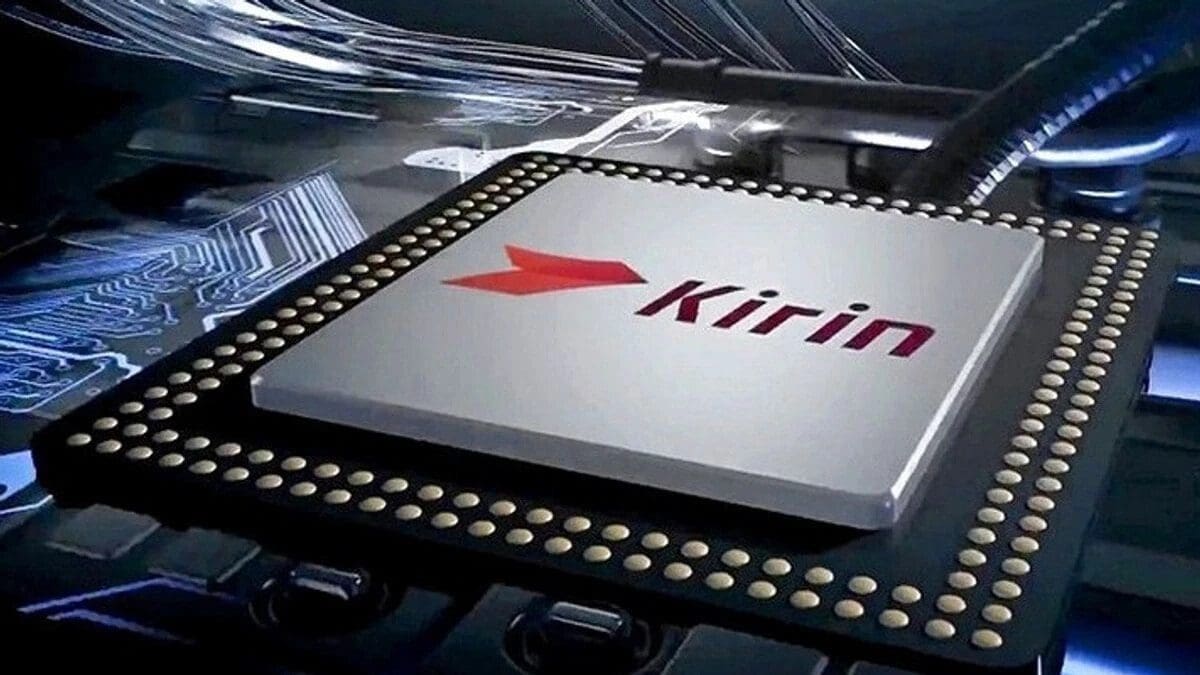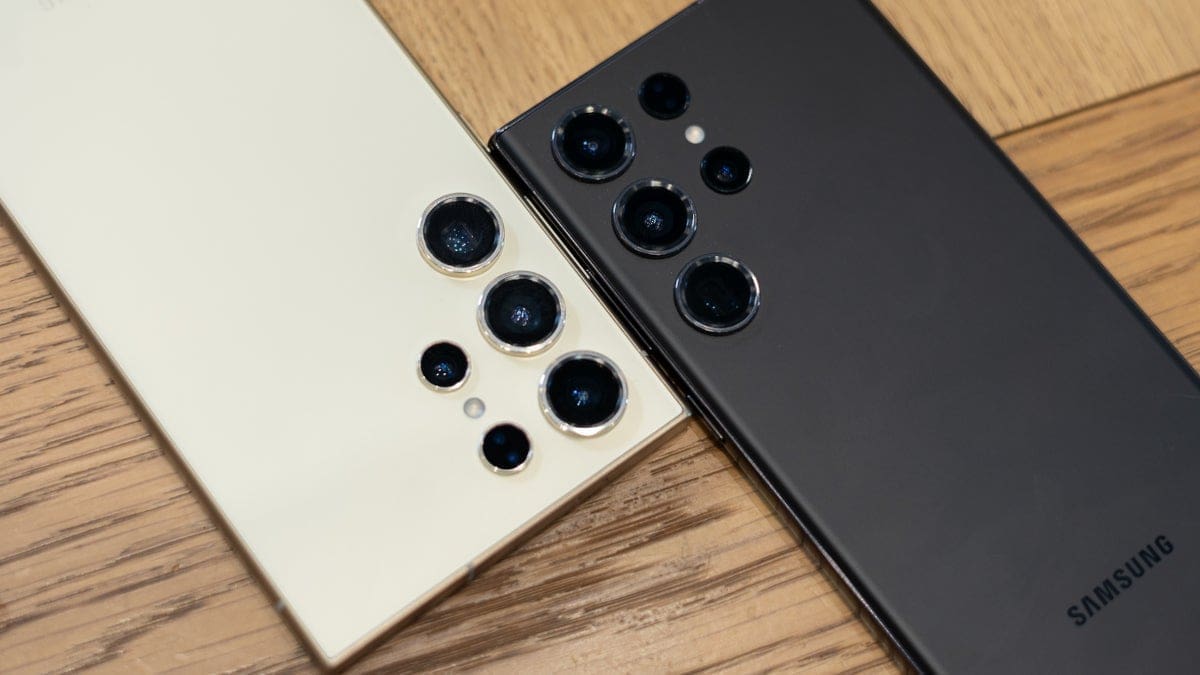When Huawei unveiled the 5G Mate 60 Pro, it didn’t disclose the specific chipset powering the device. However, it was later discovered that Huawei’s own Kirin 9000S chip, manufactured by China’s largest foundry SMIC, was under the hood. This revelation sparked concerns among U.S. government officials, who suspected illegal activities related to the chip’s production.
To provide some context, in 2020, the U.S. Commerce Department imposed export restrictions on foundries using American technology, preventing them from supplying cutting-edge silicon to Huawei. At the time, SMIC used its 14nm process node, which was its most advanced, to produce the Kirin 710A chip for mid-range smartphones.
Speculation arose when it appeared that SMIC had managed to manufacture the 7nm Kirin 9000S chip for the 5G Mate 60 Pro. Some individuals proposed tightening sanctions against Huawei and implementing additional restrictions on SMIC. However, a researcher now suggests that SMIC might have used its 14nm process node for the Kirin 9000S chip, employing “special techniques” to achieve performance comparable to 7nm silicon.
The smaller the process node number, the more transistors can be accommodated on a chip, leading to increased power and energy efficiency. Consequently, the Apple A17 Pro chipset has attracted attention as it will power the upcoming iPhone 15 Pro and iPhone 15 Pro Max, making them the only devices to incorporate a 3nm SoC this year.
If SMIC indeed utilized its 14nm process node for the Kirin 9000S, it would imply several things: it did not violate U.S. sanctions, the Huawei Mate 60 Pro might not be as fast as anticipated, and SMIC lags behind foundries like TSMC, Samsung Foundry, and Intel in the race for process leadership.
Minatake Mitchell Kashio, CEO of research firm Fomalhaut Techno Solutions, recently commented that the Kirin 9000S chip is not a true 7nm chip but a 14nm chip, asserting that “special techniques” were employed to boost its performance to the 7nm level. Nevertheless, benchmark scores of the Kirin 9000S align with those of a 7nm chip.
Moving forward, it remains uncertain whether SMIC used a 7nm node for the Kirin 9000S. In 2022, SMIC introduced a 7nm node, reportedly modeled after TSMC’s, for building a Bitcoin Miner SoC that did not meet smartphone quality standards. Nonetheless, SMIC does possess a deep ultraviolet lithography (DUV) machine for etching 7nm circuitry on silicon wafers.
To advance beyond 7nm to 5nm or lower, SMIC would require an extreme ultraviolet (EUV) machine, which utilizes ultraviolet waves to etch even finer circuit patterns. However, the only company producing such machines, Dutch firm AMSL, adheres to U.S. restrictions and refuses to ship the equipment to China.
U.S. export controls aim to keep China at a 14nm process node, effectively maintaining a decade-long distance from cutting-edge foundries. But if the Kirin 9000S is genuinely a 7nm chip, China would be four years behind, according to some reports. The challenge lies in obtaining unequivocal information concerning how SMIC manufactured the Kirin 9000S, as both the foundry and Huawei remain silent on the matter.










